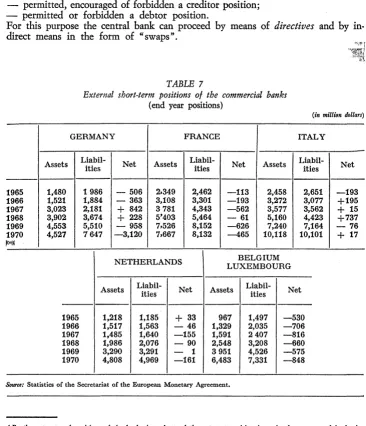Monetary policy in the countries of the European Economic Community. Institutions and instruments
Full text
Figure




Related documents
The paper discusses the implementation of paint draw- ing on computer screen in real time using a vision based method, where touch-enabled device is not required.. Here hand finger
Proprietary Schools are referred to as those classified nonpublic, which sell or offer for sale mostly post- secondary instruction which leads to an occupation..
Standardization of herbal raw drugs include passport data of raw plant drugs, botanical authentification, microscopic & molecular examination, identification of
Thus, this aim is set to be achieved by quantitatively analysing the dy- namics of the following indicators including central government debt, total (% of GDP), real GDP per
Figure 8 shows the evolution of the percentage of the population aged 30-34 years with tertiary degree in the southern countries of European Union on the total population
Petrescu-Mag Ioan Valentin: Bioflux, Cluj-Napoca (Romania) Petrescu Dacinia Crina: UBB Cluj, Cluj-Napoca (Romania) Sima Rodica Maria: USAMV Cluj, Cluj-Napoca (Romania)
National Conference on Technical Vocational Education, Training and Skills Development: A Roadmap for Empowerment (Dec. 2008): Ministry of Human Resource Development, Department
19% serve a county. Fourteen per cent of the centers provide service for adjoining states in addition to the states in which they are located; usually these adjoining states have





